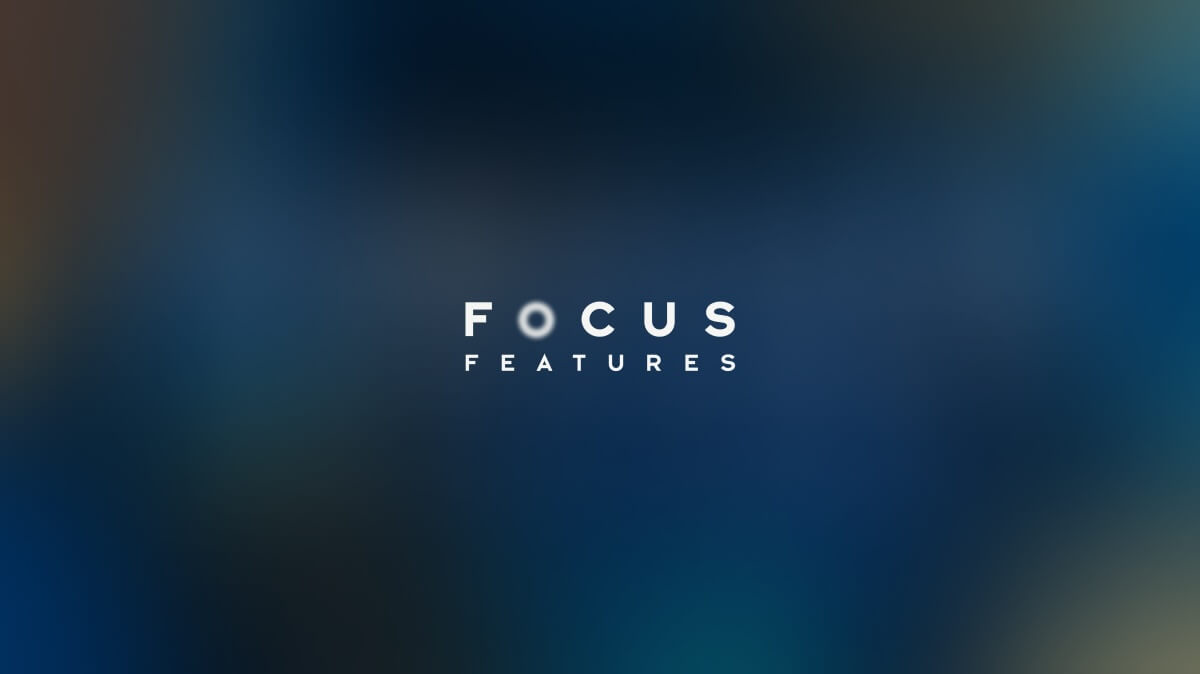
Lights, Camera, and More
In shooting ANNA KARENINA, Joe Wright and his cinematography Seamus McGarvey choreographed a complex ballet of camera moves, changing filters, and lighting sets to capture the mesmerizing movement on stage. In so doing, they created a unique cinematic vocabulary that spoke to the film's bold style of adaptation.
Director of photography Seamus McGarvey’s collaborative history with Joe Wright goes back years, and he had worked with most of the Anna Karenina filmmaking team on Atonement.
Though the vast majority of the action takes place on the theatre set, Wright reminds that “the stylization is meant not as an embellishment, but a streamlining – getting everyone closer to the characters. The sequences in Levin’s farm, when he's not in society, are shot on location and have a more traditional cinematic reality.”
McGarvey felt that “being in the structure of the theatre and being based at Shepperton actually enhanced the film photographically for me. Firstly, I had a lot more control, certainly with lighting. I was able to again work very closely with Sarah and with Jacqueline Durran, this time to create something extraordinary from the ground up. Working in the theatre setting and the studio environment afforded a particular cohesion photographically – especially in getting the mise-en-scène Joe wanted. I wanted to convey how the feelings in the story are visceral and contemporary, yet still situate it in time and place.
Anna Karenina was filmed with anamorphic lenses, which require slightly more light, and some of the lighting used is older in style, incorporating tungsten.” Theatre-style lighting was rigged for the duration of the shoot, which required a dedicated operator on hand to control the lighting environment as per Wright and McGarvey’s instructions, subtly shifting it from scene to scene to best emphasize the drama.
Aaron Taylor-Johnson observes, “Theirs is an ideal working relationship; Joe will know exactly which millimeter he wants the lens set on, and Seamus will get just the shot that Joe envisions.”
On Atonement, Christian Dior stockings were used as a filter over the back of the camera lens for the 1935 section of the film; McGarvey reprised the technique to give Anna Karenina a beautiful glow. He comments, “When the stockings are on, they just blend into the celluloid and you get this nice blooming effect. It’s lovely on the characters’ skin.
“I opted to use another filter, a net filter, which on the one hand gives a sense of distance through the gauze of time. But it also smoothes over the edges, or the proximity that you have to these artificial environments. It’s sort of blurred a little bit, which I think helps to create a more painterly look.”
Wright is known for challenging himself, his cinematographers, and his cast and crew to successfully carry through complexly conceived camera movements; there are the Dunkirk beach tableau in Atonement and the tracking and fight sequence in Hanna, to name but two. For Anna Karenina, cameras were mounted on rigs on the ice rink; a continuous steadicam shot follows the Oblonsky family, and Levin and Kitty, as they take refuge from the rain; and the camera takes Kitty’s point of view when entering a spectacular ballroom scene before embarking on its own movement amongst the dancers and observing subtle nuances.
Also among ballroom challenges, the special effects and visual effects departments engineered the façade of a train engine and carriage to screech across the dance floor with steam billowing from it.
The latter was also one instance of how Wright and McGarvey preferred that stunning effects and visuals be crafted and achieved in-camera and on-set rather than in post-production. This entailed experimenting, whether dimming the lighting or using half-silvered mirrors. McGarvey elaborates, “I was like a kid in a photographic toy shop on this film. My great friend, Jack Cardiff, the cinematographer who died a few years ago, is my touchstone; I always look to what he did in films like The Red Shoes and Black Narcissus. He would push the boat out to explore, thinking about light and the properties of lenses and the structural aspects of celluloid itself.
“On Anna Karenina, we tried to enhance the image in a very physical way. The photography is not meant to be ostentatious; it’s meant to have levity, to dance around and move with the drama.”
Wright adds, “I found that the film became more cinematic because of the theatrical ‘limitations’ I had placed upon myself.”